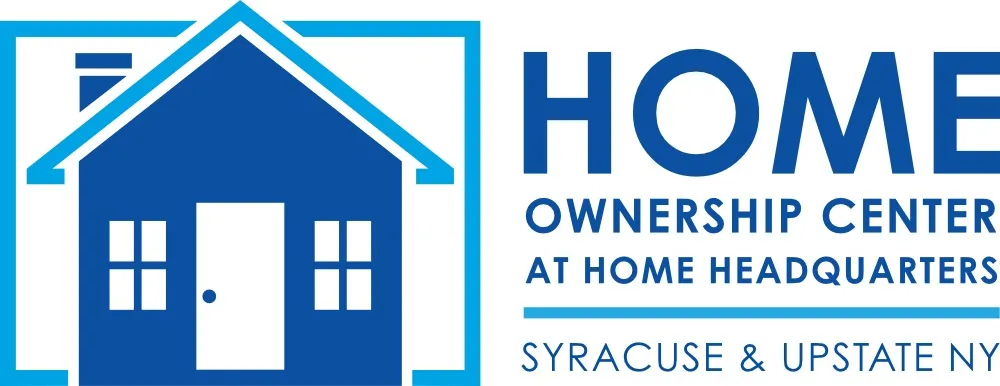Homeownership is a cornerstone of the American dream, symbolizing stability, security, and a sense of accomplishment. For educators, who play a crucial role in shaping the future, achieving homeownership can be a significant challenge due to financial constraints. Recognizing the importance of stable housing for educators, various programs have been introduced across the country to support them in their quest for homeownership. In this article, we will explore the impact and benefits of educator homeownership programs, shedding light on how these initiatives contribute to the well-being of teachers and the communities they serve.
The Challenges Faced by Educators:
Educators, despite their pivotal role in society, often find themselves grappling with financial challenges that make homeownership seem like an elusive dream. The combination of student loan debt, modest salaries, and the high cost of living in many areas creates a barrier for teachers seeking to establish themselves as homeowners. This predicament not only affects individual educators but also has broader implications for the education system, as a stable living environment is crucial for the overall well-being and effectiveness of teachers.
Educator Homeownership Programs: A Ray of Hope:
To address the unique challenges faced by educators in the realm of homeownership, various programs have been established at the local, state, and national levels. These programs aim to provide financial assistance, incentives, and resources to make homeownership a reality for educators. The initiatives are diverse, ranging from down payment assistance programs to specialized mortgage options tailored for teachers.
One notable example is the Good Neighbor Next Door program, administered by the U.S. Department of Housing and Urban Development (HUD). This initiative offers substantial discounts on home purchases for educators, law enforcement officers, firefighters, and emergency medical technicians. By making homes in revitalization areas more accessible, the program not only supports individual educators but also contributes to community development.
Financial Assistance and Incentives:
Financial barriers are often the primary obstacle for educators aspiring to become homeowners. Educator homeownership programs provide various forms of financial assistance and incentives to mitigate these challenges. Down payment assistance, for example, helps educators bridge the financial gap required to secure a mortgage. Some programs also offer grants or forgivable loans that reduce the financial burden on teachers, making homeownership more feasible.
In addition to financial assistance, educator homeownership programs may provide favorable mortgage terms, such as lower interest rates or reduced closing costs. These benefits not only make homeownership more affordable for educators but also contribute to their long-term financial stability.
Community Impact:
The benefits of educator homeownership programs extend beyond individual teachers to have a positive impact on the communities they serve. When educators can afford to live in the neighborhoods where they work, it fosters a stronger connection between teachers and students. This sense of community can lead to increased teacher retention, as educators feel more invested in the success and well-being of their students.
Moreover, having a stable and committed teaching staff positively influences the overall educational experience. Students benefit from the continuity of having familiar faces in the classroom, and educators can establish lasting relationships with the community. This symbiotic relationship between educators and the community contributes to a more robust and supportive educational environment.
Professional Development and Recognition:
Educator homeownership programs often go beyond financial assistance to include components that support the professional development and recognition of teachers. Some programs offer workshops or seminars on financial literacy and homeownership, equipping educators with the knowledge and tools needed to navigate the complexities of the real estate market.
Furthermore, these programs serve as a form of recognition for the valuable contributions educators make to society. By acknowledging the importance of teachers and providing tangible support for their homeownership goals, these initiatives boost morale and job satisfaction among educators. Feeling valued and supported in their personal and professional lives, teachers are better equipped to focus on their primary mission – educating the next generation.
Challenges and Areas for Improvement:
While educator homeownership programs have made significant strides in addressing the challenges faced by teachers, there are still areas for improvement. The availability and scope of these programs vary widely across different regions, leaving some educators without access to the support they need. Increasing awareness of existing programs and advocating for the expansion of such initiatives are crucial steps in ensuring that all educators can benefit from homeownership programs.
Additionally, ongoing efforts to address the root causes of the financial challenges faced by educators are essential. Advocacy for fair and competitive teacher salaries, student loan debt relief programs, and affordable housing initiatives can complement educator homeownership programs, creating a more comprehensive approach to supporting teachers.
Conclusion:
Educator homeownership programs play a vital role in empowering teachers to achieve the dream of homeownership, fostering stability in their personal lives and enhancing the educational experience for students. By addressing the unique financial challenges faced by educators, these programs contribute to the overall well-being of teachers and the communities they serve. As we recognize the importance of a stable and committed teaching workforce, continued support and expansion of educator homeownership programs are essential steps toward creating a more equitable and thriving educational system.
